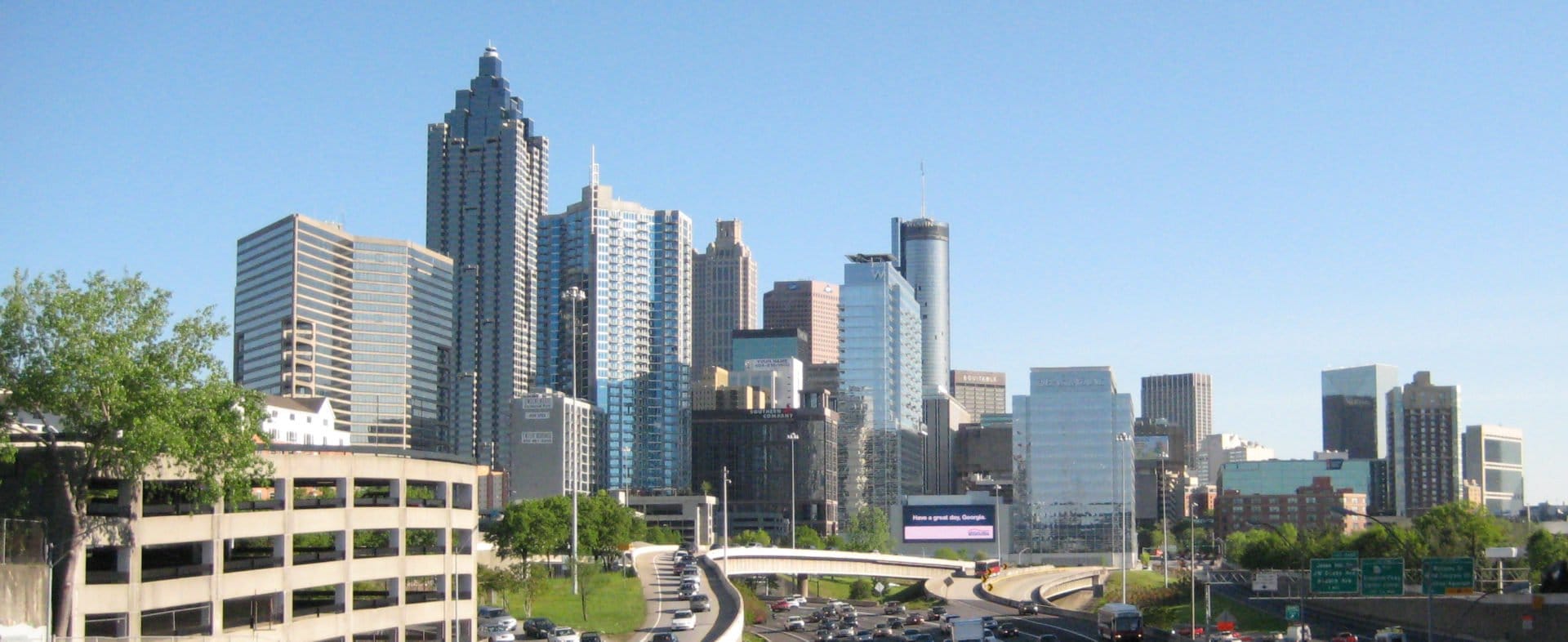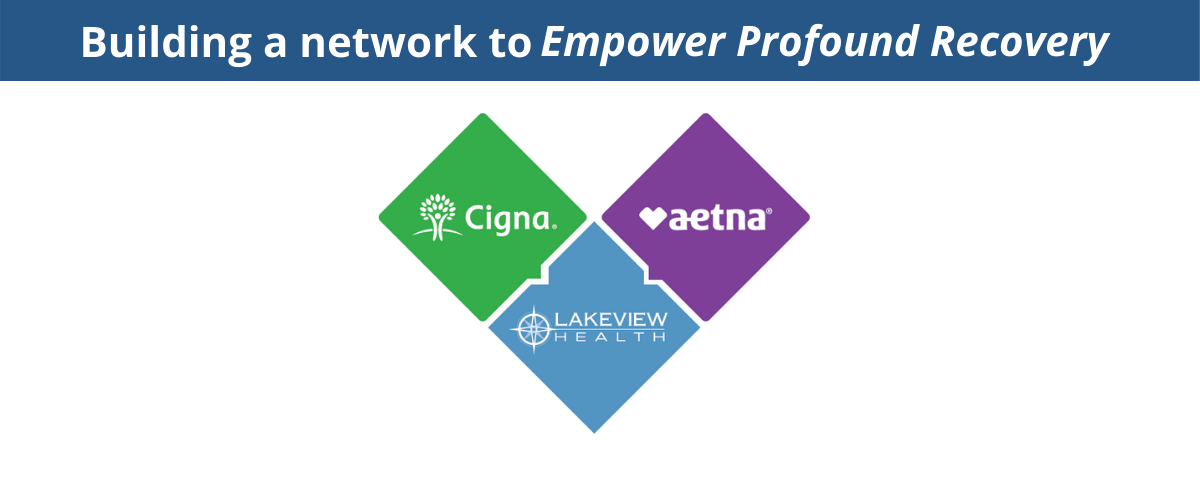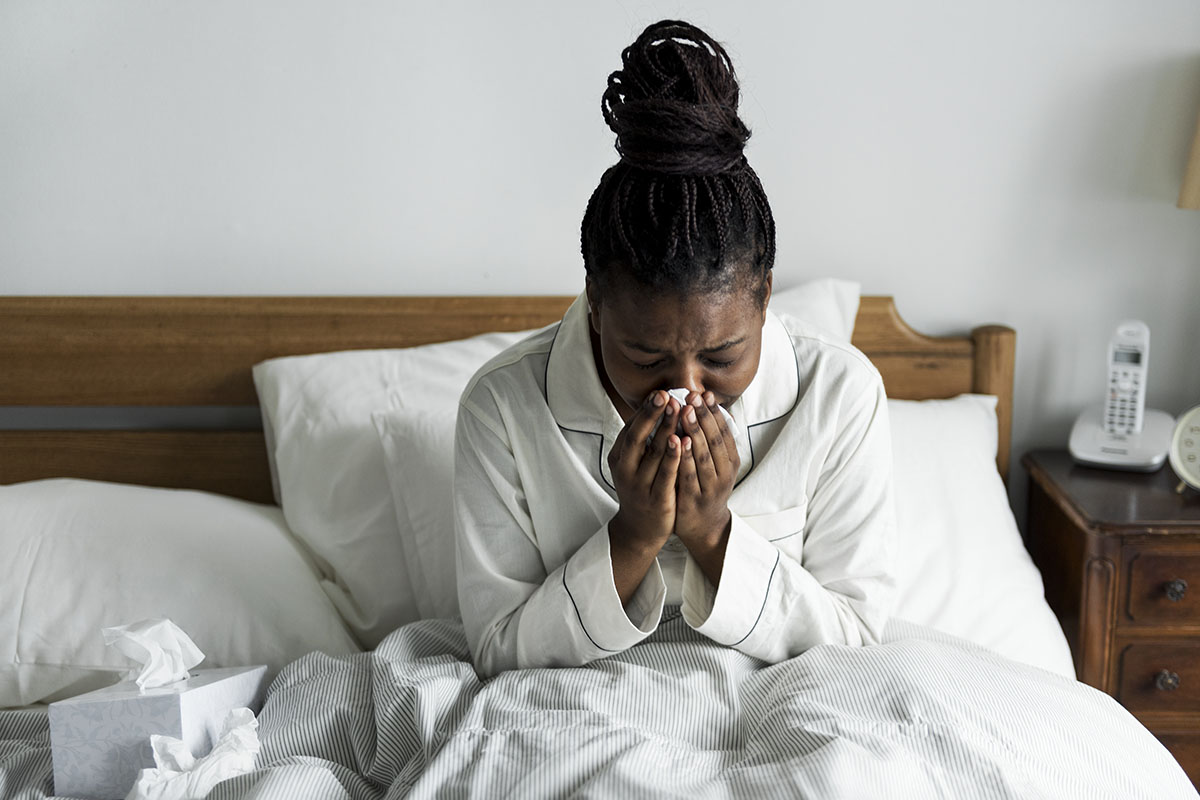Photo: MTA New York City Transit / Marc A. Hermann / CC BY 2.0
New York Provides Inexpensive Naloxone to Combat Opioid Epidemic
By Michael Rass The New York State Joint Senate Task Force on Heroin and Opioid Addiction reported last year that “virtually no corner of the state has been left untouched by the heroin and prescription opioid crisis.” The task force was set up in 2014 to examine the alarming rise in the use of heroin and opioids that has claimed lives and hurt families across New York state. In the 2016 report, the senators suggest that the best way to prevent addiction is to increase awareness of the inherent risks involved in using these substances. However, they realized prevention alone was not enough. “For many individuals, efforts to prevent addiction have come too late. To be successful in recovery, there must be sufficient access to all forms of treatment including inpatient, outpatient and medication assisted treatment in order to help individuals return to a stable and productive life. Efforts must be made to expand access to treatment, secure adequate insurance coverage, and ensure individuals in need receive proper treatment.” “We’re facing an epidemic,” says Kimberly Sheahan, who represents Lakeview Health in New York state and Connecticut. “Many people in New York work very hard to battle this crisis but it’s a huge problem.” In 2005, the state legislature enacted the Opioid Overdose Prevention Program to facilitate the use of the opioid antagonist naloxone (Narcan) that can reverse overdoses. In August, New York Governor Andrew Cuomo announced a first-in-the-nation program to provide no-cost or lower-cost naloxone across New York. Since August 9, individuals with prescription health insurance coverage, including Medicaid and Medicare, receive up to $40 in co-payment assistance, resulting in reduced cost or no cost for this lifesaving medicine. Uninsured individuals and individuals without prescription coverage are able to receive naloxone at no cost through New York’s network of registered opioid overdose prevention programs. Increasing availability of naloxone was one of the recommendations of the task force. The problem is that too many people who appear in hospital emergency rooms after having been revived with Narcan are quickly discharged. “These are people who need addiction treatment, but because they don’t meet admission criteria, they are sent home within hours,” explains Sheahan. The task force recommended a four-pronged approach consisting of prevention, treatment, recovery, and enforcement. So far, New York has not seen the desired results. For instance, New York City health officials recently reported a 46 percent increase in drug overdose deaths in their city from 2015 to 2016. Researchers at the health department attribute the dramatic rise in overdose deaths primarily to the increased presence of fentanyl. The synthetic opioid is 30–50 times more powerful than heroin. Sheahan works with several grassroots organizations that are trying to improve the situation. One of them is a group called Drug Crisis in our Backyard that offers education and action-oriented opportunities for families and individuals struggling with addiction. Addiction is a complex chronic disease that often requires modern, evidence-based treatment on multiple levels. Lakeview Health in Florida is one of the premier addiction treatment centers in the United States, specializing in dual-diagnosis therapies and trauma-informed care. Often, the substance misuse is masking underlying mental health issues. Lakeview’s integrative approach to therapy addresses the body, mind, and spirit of the patient as a whole to increase the chance of a successful recovery from addiction.




